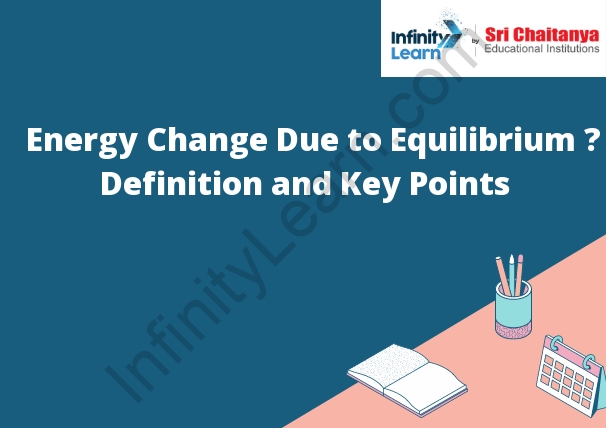Table of Contents
Definition of Equilibrium ; Equilibrium- Key Points ; Graphical Representation ; Energy Changes Due to Equilibrium: ;Equilibrium Constant
An equilibrium is a state in which the rates of forward and reverse reactions are equal.
The key points about equilibrium are that it is a state in which the rates of forward and reverse reactions are equal and that the equilibrium constant determines the direction of the reaction.
The graphical representation of equilibrium is a line that is horizontal and at a 45 degree angle.
The energy changes due to equilibrium are that the energy is at a minimum.
The equilibrium constant determines the direction of the reaction.

1. Change in Concentration:
When a solvent such as water is added to a solute such as sugar, the concentration of sugar in the water will increase. This is because the sugar is now dispersed throughout a greater volume of water. The concentration of sugar will continue to increase until all of the sugar has been dissolved in the water.
2. Change in Pressure:
When pressure is applied to a fluid, the molecules are forced closer together. This increase in pressure can cause the fluid to change shape or even to boil.
3. Addition of an Inert Gas:
When an inert gas is added to a liquid, the gas molecules are attracted to the liquid molecules. This creates a thicker liquid that is less likely to evaporate. In addition, the inert gas can help to prevent the liquid from boiling by displacing the air molecules that are necessary for evaporation to occur.
4. Change in Temperature:
A change in temperature can also cause a change in the volume of a gas. When the temperature of a gas increases, the gas particles move faster and spread out. This causes the gas to take up more space. When the temperature of a gas decreases, the gas particles move slower and move closer together. This causes the gas to take up less space.
5. Effect of Catalyst on Equilibrium:
A catalyst speeds up the rate of a chemical reaction without being consumed in the reaction. The catalyst alters the equilibrium constant of the reaction, making it possible for the reaction to proceed in the desired direction.









